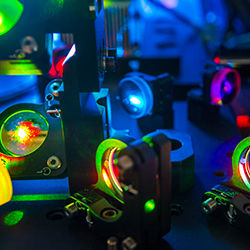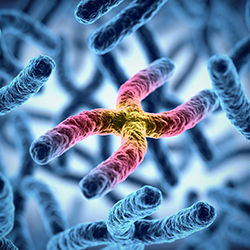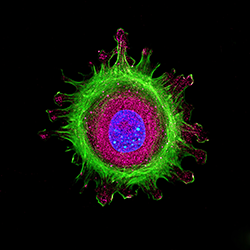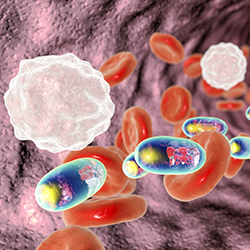All Scientific Resources
-

Animal Resources
-

Bioinformatics Biostatistics and Computing
-

Chemistry and Structural Biology
-

Clinical Research Support
-

Drug Discovery
-

Flow Cytometry
-

Genetics and Genomics
-

Imaging and Microscopy
-

Lab Equipment and Fabrication Resources
-

Metabolomics
-

Nanotechnology
-

Pharmacology
-

Proteins and Proteomics
-

Scientific Graphics and Communication
-

Single Cell Analysis